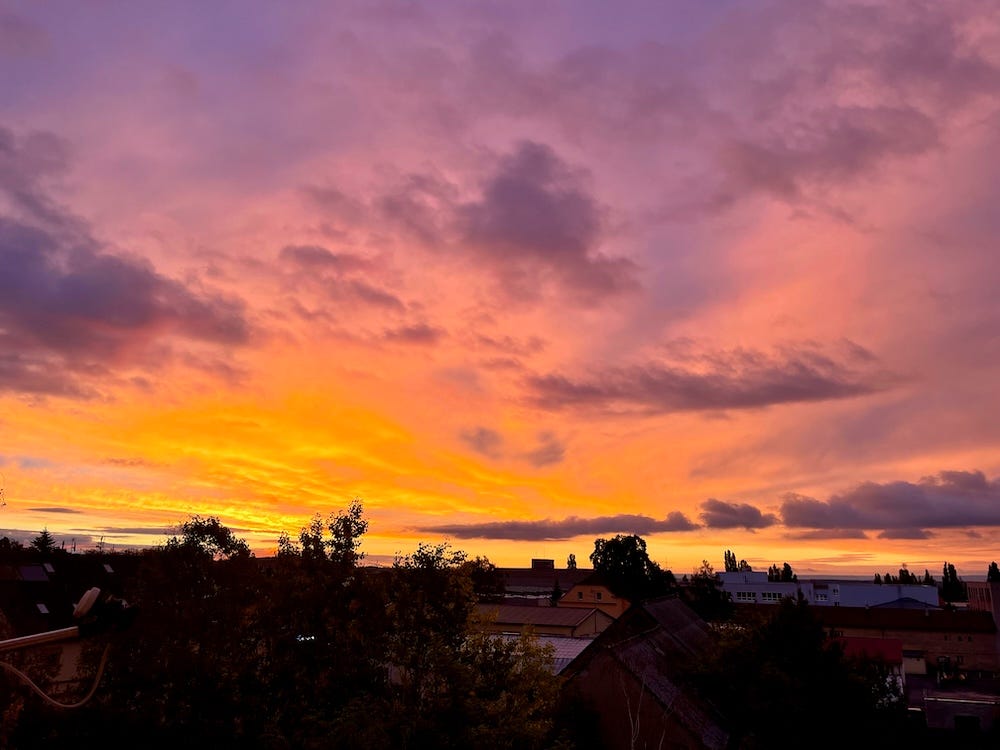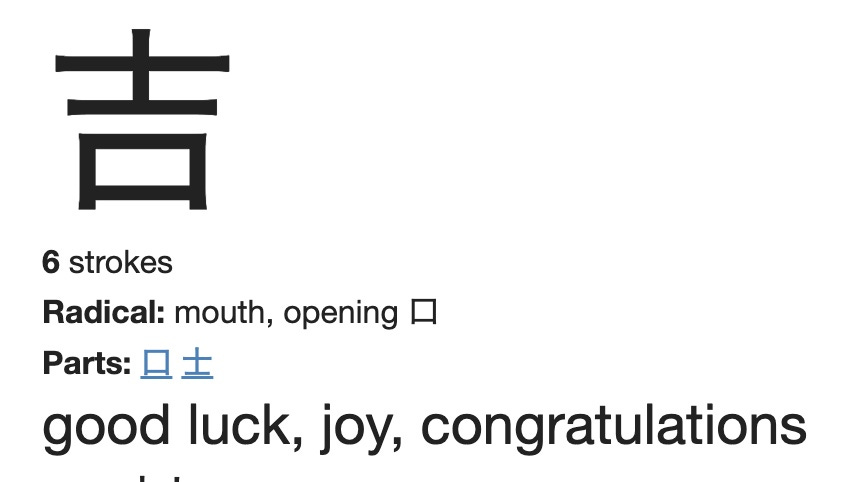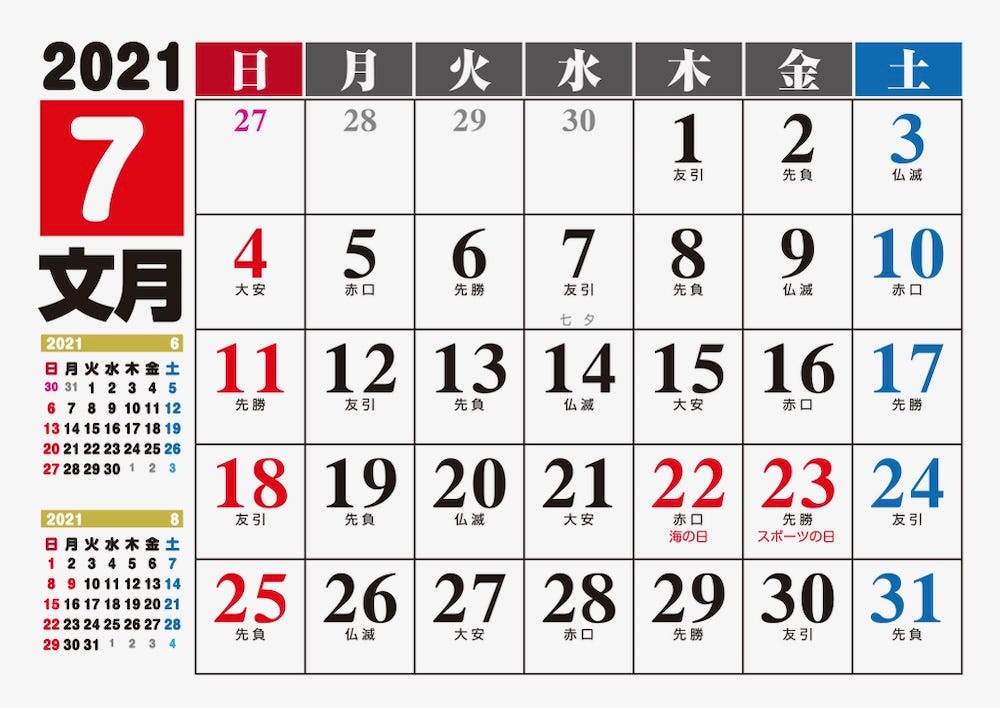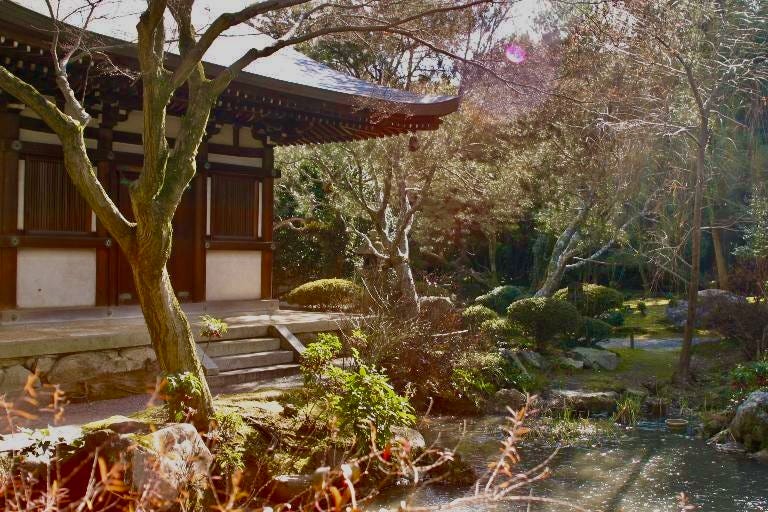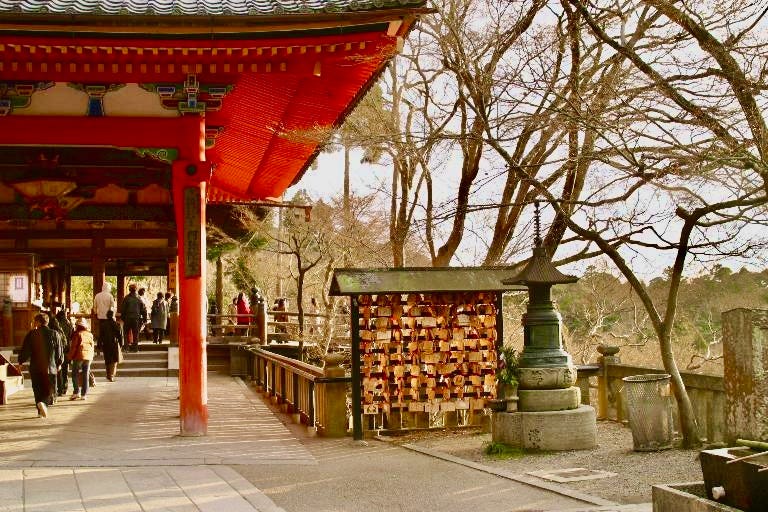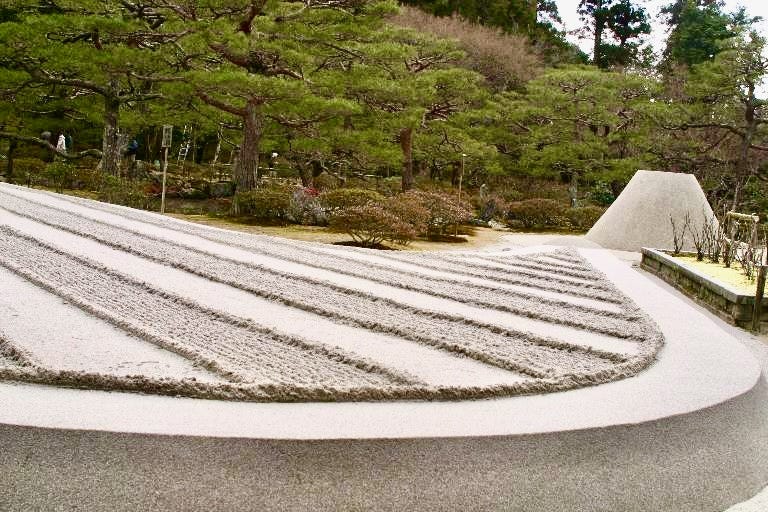1.10. Purple Voice
When I heard or thought the word “no scientific basis", I felt a burning desire to look at Japan from a more free and liberated perspective. Suddenly, I realised that it had been such a long time sinc
I was meandering through the path I'd chosen in the darkness, I felt ensnared by the relentless grip of my thoughts, a prisoner for two weeks since embarking on this spiritual odyssey.
I urged to sense light in my shadow like a desperate moth and kept practising Ashtanga Yoga and meditating. But I found neither a vibrant spark illuminating my soul nor that soft brown hair boy who seemed to be a key person for my journey.
One morning, a profound realization washed over me.
It was the beginning of August 2021. In the tender embrace of August’s dawn, I was sitting in a lotus posture on my bed looking at the window to the east. The horizon blushed with hues of coral and gold, holding secrets of summer yet untold.
I closed my eyes and unleashed my imagination. In the darkness of my inner shadow, gentle breezes weaved through the trees, carrying the sweet scent of blooming flowers and leaves. Dew-kissed grasses glistened, like diamonds aglow, beneath a sky painted in a delicate, azure show. Everything was there on the path I'd chosen in the darkness. Merely my thoughts pretended there was nothing in the darkness.
On this beautiful morning, my hope took flight and I looked down at my thoughts from my hope's perspective. It was a bizarre experience. I found a pattern in my thoughts.
While carefully observing the pattern, somehow strangely, I was aware of it a long time ago. It was my habit of categorizing experiences as good or bad, of dissecting the world through a lens of cold, harsh logic.
This judgemental mindset was rushed, and reckless with my emotions casting stark contrasts that deepened my confusion. The confusion generated my shadow. All processes moved around like a factory, and my competitive spirit was desperate to label my choices and others as Good or NG. It was my unfortunate habit.
How ironic that the very pattern of my thoughts was generating darkness that held me captive!
At that moment, birdsong rises and nature awakens, eager to explore me. The yellow sun broke free, casting its radiant gaze, awakening the world from its sleepy haze and me. Whispers of warmth caressed the skin, and the first lesson in my spiritual journey began. I must enter my dark inner realms to remove my flawed thinking pattern. I would stop it to generate darkness.
"思い立ったら吉日" (Omoitatara Kichijitsu)
A Japanese proverb popped up. It loosened this vice-like grip of my thoughts and naturally encouraged me to challenge the first lesson. It could translate to "If you have the idea, the day is auspicious." This enables people to act on their ideas immediately, as the best time to start is when inspiration strikes.
”吉日:Kitchijitsu” means good luck days in Japanese. The Japanese ranked these lucky days with unlucky days and established the Rokuyō:六曜, a six-day system in the Japanese calendar. The Rokuyō system, or the "six days" system, is a traditional Japanese method of divination and calendar calculation that categorises each day into six different types. Each type is believed to have distinct influences on various activities, particularly for auspiciousness in events like weddings, travel, and other important undertakings.
I will explain the six days in the Rokuyō system.
Shakku (赤口):"Red mouth." A day considered to have mixed fortunes. While it is good for certain activities, it is not an auspicious day for marriage or starting new ventures.
Tomobiki (友引): "Friendship draw." This day is seen as lucky for events involving friends and socializing. However, it is traditionally considered unlucky for funerals, as it is believed to attract deaths.
Senin (先負): "First defeat." A day that is good for small, less significant tasks, but typically considered unfavourable for large endeavours or starting important activities.
Shinji (先勝): "First victory." This is an auspicious day for starting new projects, making decisions, and generally taking action, as victories are favoured.
Butsumetsu (仏滅): "Buddha's death."Often regarded as the most unlucky day in the Rokuyō system, it is generally advised to avoid starting new ventures or holding important events such as weddings.
Taian (大安): "Great Peace." A day considered exceedingly lucky, ideal for celebrations, significant starts, and positive activities.
These six days were written under numbers in Japanese calendars. Although fewer people have recently paid attention to these lucky and unlucky days, the Rokuyō system plays an important role in making decisions for traditional events and special events, such as weddings, moving, and opening businesses.
For instance, July 17th the date I chose the path to set off my spiritual journey was the "First victory." Wow! It was good! My inspiration chose an auspicious day for taking action, as victories are favoured.
While Rokuyō is a traditional calendar system, it's important to remember it has no scientific basis. I've just remembered that I have been a big fan of something with “no scientific basis” since I was small.
When I heard or thought the word “no scientific basis", I felt a burning desire to look at Japan from a more free and liberated perspective. Suddenly, I realized that it had been such a long time since I had felt this way. If I ignore scientific basis, my country Japan, where my maiden name, Sato:佐藤 was born are mystical islands, where people imply a sense of wonder, awe, or connection to a higher power.
Sato:佐藤 means “Help from Wisteria”. Wisteria is a flowering plant known for its long, cascading clusters of fragrant purple blooms that often drape elegantly over structures and trees. Our family crest had a wisteria motif.
“Help from Wisteria”, my maiden name, had just bloomed after a 12-year hiatus (I had been married for 12 years) and offered her help. I could imagine her bubbling with excitement and tickling me to tell her readiness to chat up a storm.
"Many hands make light work," right?
I decided to let her speak freely, so, with respect, I asked the art of silence to rest for a while.
My maiden name, Sato(佐藤), “Help from Wisteria” revealed her story.
Wisteria, known as fuji (藤) in Japanese, holds significant cultural and symbolic value in Japan, especially concerning Shintoism and Buddhism.

In Buddhism, wisteria can represent the transient nature of life. The blooms are beautiful yet fleeting, reminding practitioners of the impermanence of all things, a core concept in Buddhist philosophy. Also, like our family crest, wisteria has been a popular motif in traditional Japanese art and architecture, including Buddhist temple designs. Its depiction can symbolise beauty, grace, and the cycles of life, aligning with Buddhist teachings on mindfulness and appreciation of the present moment.
In Shinto, wisteria is often seen as a symbol of fertility, growth, and prosperity. Its prolific blooming and cascading flowers represent abundance and the beauty of nature, central themes in Shinto beliefs that emphasise the importance of nature and the Kami(神) which means God, within it. Therefore, wisteria can be found in many Shinto shrines, where it is appreciated for its beauty and connection to the Kami(神). Its flowering season coincides with various Shinto festivals and rituals celebrating the arrival of spring, symbolising renewal and life.
“Help from Wisteria” paused. It suggested that next was my turn. Now, I am free from either the art of silence or the scientific basis. I will reveal mystic Japan from my perspective.
I breathed deeply and I sensed small waves of excitement in me. I imagined that I was walking through the garden of purple wisteria covered with its scent. Oh, my God! I was receiving power from purple wisteria, the power of renewal and life.
Mystic Japan has the National Foundation date. It is February 11th and a national holiday. We celebrate the day in Japanese mythology when Emperor Jinmu ascended the throne in 660 BCE. Emperor Jinmu, also known as Jinmu Tennō (神武天皇), is a legendary figure in Japanese mythology and is regarded as the first Emperor of Japan. And that history continues to this day. The Imperial Family is the 126th with the current Emperor Naruhito.
I can't forget this date even for 20 years since I left Japan, not only because of my patriotic love but also because it was the day before my birthday.
“Your birthstone is amethyst, so purple is our colour”. My maiden name Sato(佐藤), “Help from Wisteria”, whispered to me and took her turn.
This beautiful violet gemstone has a rich history and is associated with various mystical qualities and legends. Traditionally, amethyst is believed to have protective properties. It is said to guard against intoxication and has long been regarded as a stone of sobriety, promoting clarity of mind and sound judgment.
Many cultures associate amethyst with spiritual growth and enlightenment. Its calming energy is thought to enhance meditative practices, allowing deeper connections with one's spiritual self. Also, amethyst has a notable history in Japan, where it is appreciated both for its beauty and spiritual significance.
Amethyst was introduced to Japan through trade routes and the influence of Buddhism around the 6th century, particularly during the Asuka period. In Buddhist practices, it has been employed in prayer beads as well as in the crafting of ceremonial objects, utilizing its reputed calming and grounding properties to enhance meditation and spiritual practices.
While listening to it, I pictured a monk in the darkness chanting a sutra while holding amethyst prayer beads in his left hand. He moved his fingers touching one amethyst bead to another. I focused on his fingers. This movement triggered a forgotten memory that a monk had explained about a prayer bead, known as "Juzu:(数珠)" in Japanese, which means beads for counting. It was the winter just after I met Satchidanand and experienced meditation.
I was sitting with a lotus posture in darkness in a Zen temple in Kyoto. It happened in reality. It was dark and cold before dawn in February 2004. Wow, such a coincidence! It was also February. I went to a Zen temple at 4:00 to join a morning practice. After cleaning the temple communal spaces with bare feet using a simple bloom made of bamboo and wet cloth with a bucket of extremely cold water from a well, we chanted Hart Sutra, “Hannya Shinkyo(般若心経)” and meditated.
The old monk neither taught nor gave me any instruction for meditation, I meditated on how Satchi taught me in the summer. I practised the ENERGY ENHANCEMENT SEVEN-STEP PROCESS to clean each chakra from the base chakra which was the first chakra to the crown chakra which is the seventh chakra. I remembered that I struggled to remove a blockage in the crown chakra.
“Open your eyes!“ The monk ordered me. The vibration of his voice resonates in the air as a singing bawl. I sensed the typical intonation in Kyoto.
I opened my eyes. They caught a beautiful garden before me, where it had been darkness. In this breathtaking moment, the monk explained the sacred number 108 in Buddhism.
He showed me his dark purple prayer bead "Juzu". The dark purple colour was elegantly shining with morning glory as if imposing the difference from the black colour. He said that it contained 108 beads. Each bead represents the earthy desires: "煩恼 (Bonnō)” which is the Japanese word for "bother," "trouble," or "to worry".
In Buddhism, "烦恼 (Bonnō)” refers to mental disturbances or afflictions that disrupt the mind and body. These are often linked to desires, attachments, and suffering, indicating the various challenges that prevent a person from attaining enlightenment. Understanding and overcoming these disturbances is essential in Buddhist practice.
It is believed that holding the beads and counting them while meditating can help alleviate these impurities and lead to spiritual purification. The number 108 is considered auspicious and holds significant meaning in various Buddhist practices. It is also associated with the number of strikes made by the bell on New Year's Eve: ”Joya no Kane”(除夜の鐘) in temples, marking the passage of time and the cyclic nature of life.”
The Japanese character "jo (除)" means discarding the old and welcoming the new and “ya (夜)” means night. By striking the bell once for each of the 108 of Bonnō, the intention is to discard earthly desires on New Year’s Eve. This is one of the distinctive Japanese traditions not to have a party but to do housecleaning and discard the earthy desires by listening to the awe-inspiring sounds of bells from temples. New Year’s Eve is quiet and clean in Japan.
He smiled at me and continued.
In Buddhism, cleaning and purification are closely linked to discarding “Bonnō “ earthly desires and attaining enlightenment. This philosophical approach is particularly prominent in Zen Buddhism. Cleaning is considered a mindful practice that helps cultivate focus, attention, and a sense of harmony with one's surroundings.
Zen Buddhism emphasizes the importance of purifying the mind from negative emotions, such as attachment, anger, and delusion. The physical act of cleaning is seen as a metaphor for the inner cleansing of the mind, where the practitioner aims to remove the "dust" of worldly concerns and attachments.”
He looked at me.
“Do you clean the community space?”
“I am afraid to say no. “ I answered in the most polite way as possible to the monk.
He nodded in science as if he could see my “Bonnō, earthy desires”.
“The morning practice you joined is a part of Buddhist practice which starts with cleaning. It is a meditative and mindful practice that helps cultivate focus, attention, and a sense of harmony with one's surroundings. The next step is cleaning the public spaces you use. This practice is seen as a way to cultivate humility, selflessness, and a sense of responsibility towards the shared space. It would be good practice for you.” He smiled at me.
I used to clean the shared space like classrooms, parks or offices when I was in Japan. Since primary school, Japanese school children have cooperated in cleaning activities after lessons. Cleaning has become a part of the daily routine for the Japanese. Adults offer their help to clean their offices or public spaces they share before New Year. However, since I left Japan, there is a rare chance to clean the shared public space. Yet, this is not a matter of whether I have a chance to do it or not, but whether I want it or not. I shamed my arrogance.
The old monk continued as if he noticed its awareness in my mind.
“During zazen (seated meditation), you were concentrating well, but your posture was a little too leaned back.”
It was enough to provide a gentle warning to me. I felt humbled, like a young practitioner at a Zen temple during the Warring States period. This old monk had read right into my heart.
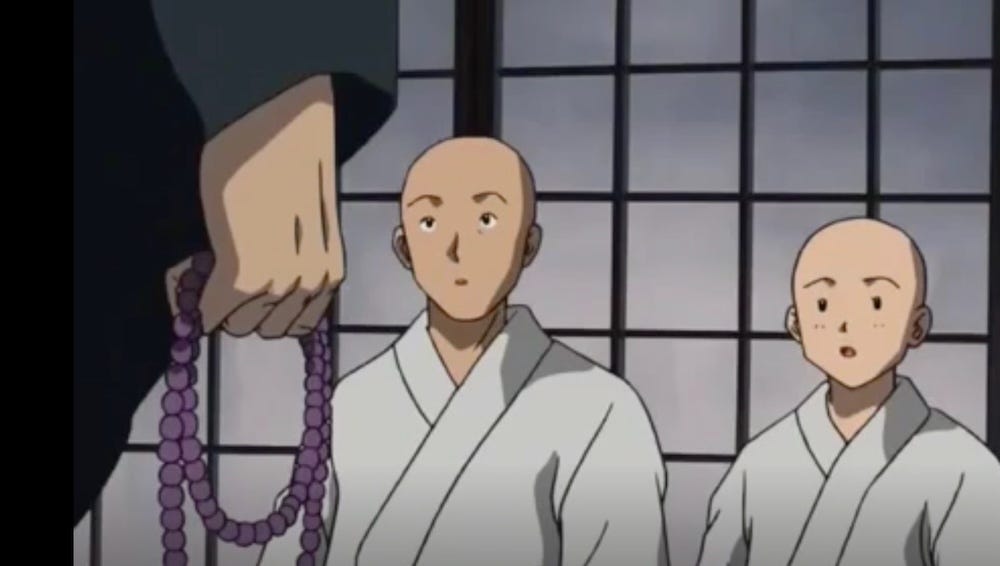
He touched his dark purple “Juzu”, prayer beads with satisfaction and he started explaining the 108 of Bonnō, earthy desire, with mathematics.
In Buddhist teachings, the three primary "poisons" that are seen as the root causes of suffering are greed, hatred and delusion.
Greed, or excessive desire, refers to the craving, attachment, and grasping for material possessions, sensual pleasures, and other external objects or experiences.
Anger, or Hatred, refers to the negative emotions and reactions, such as anger, resentment, and disgust, towards people, situations, or experiences that are perceived as unpleasant or undesirable.
Delusion, or ignorance, refers to the fundamental misunderstanding of the nature of reality, the self, and the causes of suffering.
To these three poisons, "doubt," "self-conceit," and "evil views" are added, making them the six great earthy desires: “Roku Dai Bonnō (六大煩悩)”.
Doubt refers to the desire for doubt, which makes us suspicious of people and things. No matter how much we trust, it is human nature to be betrayed, but the moment we doubt others, we have developed one of the six great earthly desires.
Self-conceit refers to the exceeded pride, which is a self-conceited mind. No matter how far we go, we end up seeing things in a way that is convenient for us, which is to say, we are harsh on others and lenient on ourselves.
Evil views refer to bad thoughts and incorrect views and are situations in which we are unable to perceive things correctly.
He paused and looked at the garden. I didn’t miss the moment his fingers moved to the next bead. I sensed the subtle change in the atmosphere. He looked at me as if he noticed my reception.
“There are six senses that give us roots. We call them Six Roots, “Roku Kon (六根)”. The six senses refer to the five physical senses (sight, sound, smell, taste, and touch) and the sixth sense, which is the mind or mental faculty. These six senses give rise to three sensations, good which means pleasant sensation, bad which means unpleasant sensation and neutral flat which means a state that is neither pleasant nor unpleasant.”
“Let’s count how many Bonnō are developed from the six great earthy desires, shall we?” He smiled filling with joy in the atmosphere.
6 senses x 3 types of sensations = 18 Bonnō
“Good! Then, these are combined with pure (clean), and polluted (dirty).” He said while he kept moving his fingers. I got it! He must be counting earthy desires with my brain and sacred purple beans.
18 Bonnō x 2 types of states = 36 Bonnō
“Very good! Then, there is the concept of the three worlds in Buddhist teachings, which encompass the past, present, and future. These three worlds contain our past lifetime, present lifetime and future lifetime. These three worlds develop Bonnō even more.”
I answered before he asked me.
36 Bonnō x 3 types of world = 108 Bonnō
Once I recalled this memory by calculating 108 Bonnō in my head and I saw the monk did with his finger, the power of purple purified the surroundings and removed something that stayed in the top of my head. I intuitively thought that the factory which had been generating darkness in my head was discarded. Everything turned into soft purple. I felt activation at the top of my head sucking purple power as if a vacuum cleaner.
“Purify your crown chakra more!” A voice in purple whispered to me. “Understanding the role of this chakra and its associated colour purple, you can work towards balancing your crown chakra and enhancing your spiritual life. ”
In yoga, the crown chakra known as Sahasrara is located at the top of the head which signifies our connection to spirituality and higher consciousness. It also symbolises the pursuit of knowledge and the connection to the divine wisdom within ourselves called the higher self.
This first attempt to connect to my higher self gave me the courage to reveal one of the knowledge that I secretly learnt on my own since around 12 years old. I kept it secret because unconsciously I felt I should not tell it. After I left Japan, I felt it even stronger. Now, with the purple energy, I felt safe to tell and it will be important for the first lesson in my spiritual journey.
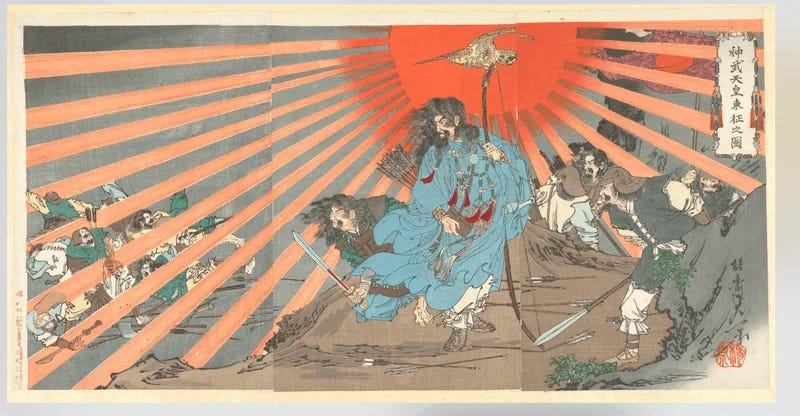
Let’s go back to the story of Emperor Jinmu!
It is February 11th, which is the day before my birthday and is a national holiday. Naturally, I have been curious about the national holiday before my birthday since I was small.
Only for this reason, I often read Japanese mythology, such as the story of the creation of the Japanese islands which is rooted in the Shinto religion and its pantheon of "Yaoyorozu no Kami" (八百万の神). The term means "eight million gods," symbolising a vast number rather than an exact figure, suggesting that divinity can be found in all aspects of nature and existence. This idea is rooted in ancient Japanese texts such as the “Kojiki(古事記) and Nihon Shoki(日本書紀), emphasizing the belief that everything in the universe has a spirit or deity associated with it.
The Kojiki which means Record of Ancient Matters(古事記), Japan’s oldest historical chronicle, compiled in 712 CE and the Nihonshoki (Chronicles of Japan(日本書紀) in 720 CE both under the order of Emperor Tenmu(天武天皇) who is the 40th emperor, counting from the first Emperor Jimmu who was ascended the throne on February 11th in 660 BCE.
Unfortunately, both original manuscripts do not exist anymore, but I could find various copies of versions of Kojiki and Nihonshoki even for young people with pictures in Libro, my favourite bookstore in Ikebukuro Tokyo. It was a small ritual before celebrating my birthday by reading them in Libro.
I'll admit that I was a strange child. I hesitated to say that I have a few friends because I was busy every day trying to satisfy my strict mother's expectations. Spending time in the bookstore, Libro was special for me. Once a year, before my birthday, I picked up a book about the Kojiki that was lined up on the bookshelves. Freedom? Yes, I perhaps felt a small freedom when I performed my own ritual. Therefore, I was quite familiar with Emperor Jinmu and the birth of Japan.
Yet, I am not a researcher of Japanese classical literature, nor have I studied it professionally. I was now unravelling the interpretation I made as a child at my favourite bookstore, using my imagination, while tracing my memories of rituals before my birthdays. Notice that it was my opinion, and I do not deny any of the many theories that have been published so far. Nor am I proposing a new theory. Eventually, I released this hesitation attaching me for so long. It must be a help from purple wisteria, amethyst prayer beads and a first connection to my higher self.
Imagining a purple colour, I slowly began to weave my childhood memories. Let’s start my version of Japan, my mother country, shall we?
Out of the chaos where yin and yang were not separated, the clear and bright energy became the heaven, and the heavy and murky energy slowly became the earth. The heavens solidify before the earth, but even that seems a long way off.

Eventually, the three gods were born from the yang energy alone. The highest ranking God of three is the God of “Ameno-minaka-nushi(天之御中主神)” who created the centre of the universe and its order. The name "Ame-no-Minaka-nushi-no-Kami" means "Lord at the centre of heaven," and is a being that represents the harmony of heaven and earth and the order of all things.
Things that were unable to rise and solidify, or things that collapsed from the heavens, are called ”Floating Bridges of Heaven(天浮橋)”. The earth was not yet solidified.
The gods first created the heavenly world called “Takamagahara:高天原” in solidified heaven. Let's say that the blue sky is the bottom of the solidified heaven, and Takamagahara is located on top of the blue sky. In heaven, there are also mountains, rivers, and fields, and gods live there.
Then, the yin and yang energies are mixed to give birth to four pairs of gods. The last pair was the God of Izanagi(伊邪那岐) and the Goddess of Izanami(伊邪那美). The highest ranking God which is the God of “Ameno-minaka-nushi(天之御中主神)” commanded them to go down to the earth and rule Japan.
The God of Izanagi with a spiritual pike called the “Amanonuhoko” in his hand along with the God of Izanami stand on the ”Floating Bridges of Heaven” which is the bottom edge of the sky. He lowers the spiritual pike into the blue sea to search for any land. The earth has just started to be solidified.
When he pulls up the spiritual pike, the tide drips from it and a drip becomes an island. They named it Onogoro Island and landed on it. Then, they slowly created mountains, rivers, and plants.
Then, to complete the mission which brought stability and order to the newly formed Japan, various gods were created. However, when Izanami gives birth to Kagutsuchi, the god of fire, she is heavily burned and dies. Enraged, Izanagi cut off Kagutsuchi's head with the sword he had brought from heaven. Three gods were born from the blood that dripped from the sword. One of them is the God of Takemikazuchi who is considered the god of thunder, swords, and martial arts.
Izanagi misses his wife, Izanami badly, so he visits the deceased Izanami in the Land of Hades, Yomi No Kuni(黄泉の国), but he sees her dilapidated and ugly sight and flees back home. From this incident, Izanami becomes the goddess of the land of Hades.
Izanagi performs a purification ritual called “Misogi” when he returns from the Land of Hades, the sun of the goddess of Amaterasu, the god of storms and oceans of Susanoo and the moon god of Tsukuyomi were born during a purification ceremony. The goddess of Amaterasu lives in the heavenly world of Takamagahara and brings light and order. Her grandson Ninigi eventually became the ruler of Japan and the ancestor of Emperor Jinmu the first Emperor and successive emperors.
One day, the Goddess of Amaterasu wants to send her grandson, Ninigi-no-Mikoto (瓊瓊杵尊), to the human world to rule Japan. His name, “Ni” means beautiful jewel.
By order of the Goddess of Amaterasu, Ninigi crosses ”Floating Bridges of Heaven:天浮橋” and descends to the land in Japan. He descends to the peak of Takachiho in Miyazaki Prefecture, bringing three sacred treasures: the mirror, the jewel, and the sword and rules the people on earth.
Ninigi married the daughter of the God of the mountain and had several children, who would become the ancestors of Emperor Jinmu.
I paused. I just remembered another reason why I was interested in Japanese mythology. Because of the mirror which is one of these three sacred treasures. It is called “Yata no Kagami”. Kagami means mirror.
Yata no Kagami (八咫鏡) is one of the three sacred treasures of Japan, also known as the Eight-Spindle Mirror, and it is the Imperial Regali. It represents truth, wisdom, and the divine authority of the emperor. This mirror is said to have the power to reflect the true nature of things, symbolizing enlightenment and clarity.
The mirror is currently enshrined in the Ise Shrine in Mie Prefecture, Japan, and is considered one of the most precious among the three sacred treasures. As an ordinary citizen, I have of course never seen it, but I know its shape very well. I can even draw it because one of the high schools in Japan has adopted “Yata no Kagami” as its school seal. It is Takehaya High School, located in Tokyo. Takehaya(竹早) means young bumboo. This is the high school I communed with for 3 years by putting this sacred mirror on my left chest with pride.
As of recent data, Japan has approximately 3,500 high schools, including both public and private institutions. However, the specific number of high schools that have chosen Yata no Kagami as a school symbol is not widely documented, but I believe that the adoption of Yata no Kagami as a school symbol is relatively unique and may not be common across many institutions. I am sure, only one. You are really lucky to see the shape of this sacred mirror below as my high school seal. Here. you are!
The Takehaya, Young Bomboo High School was first established in 1900 in Tokyo to educate the commonality girls as teachers. This must have been a groundbreaking matter. A woman could become a teacher, become independent, and help other women become independent. In 1900, Japan was in the midst of the Meiji period with Emperor Meiji, a time of rapid modernization and transformation from an agrarian society to an industrial one. During this period, Japan was exploring technological advancements, though automobiles were still in experimental stages.
The Takehaya, Young Bomboo High School was the second high school for girls in Japan and the first girl’s school was only for daughters of nobilities. That is why Takehaya was previously called the second girl’s school.
It is said that the Takehaya High School chose Yata no Kagami to embody values such as truthfulness, integrity, and the pursuit of knowledge in the spirit of "independence and autonomy."
The mirror's ability to reflect one’s true self resonates with the school's educational mission to foster deep self-awareness and character development among students. The use of the mirror also encourages students to engage in self-reflection, personal growth, and a commitment to their studies, aiming to build responsible and capable future citizens.
Therefore, there were no strict rules and the school valued independence in events and club activities. All faculty and teachers support and guide students to ensure that they obtain the "3Cs" of Chance, Challenge, and Change. This was the main reason I chose Takehaya High School and I had such a nice high school life with freedom and independence.
I could say that Yata no Kagami serves not only as a symbol of the school's values but also as a reminder of the importance of truth and self-awareness in the student's personal and academic journeys. I believe that this mirror has the power to reflect the true nature of things, symbolizing enlightenment and clarity.
I opened my eyes, a newfound determination coursing through me. The insights I had just shared about Japan had sparked an idea – a hypothesis that felt like the key to navigating the darkness that had engulfed me.
"If you have the idea, the day is auspicious," the old Japanese proverb echoed in my mind. With a surge of confidence, I reached for my car keys and called to my loyal companion, Inca.
Taking a deep breath, I set out, Inca faithfully by my side. The path ahead was shrouded in uncertainty, but I knew that if I could just hold on to this spark of inspiration, it might lead me to the light I so desperately sought.
To be continued to 1.11. My Antahkarana on my favourite hill
Dearest Readers, Subscribers, and My Friends,
Thank you very much for reading my story and for your continued support. Today, I’m excited to share something deeply personal—my perspective on Japan, my home country. In this “Purple Voice”, I introduce Japanese mythology, and mysterious customs, and go back to my origin.
Today, I wrote about how everything is purple—purple voice, and purple energy surrounding me. Why purple? This journey began after I decided to use my maiden name. I uncover the deeper, hidden meanings behind my name. I also touch on subjects that many of you—especially fans of martial arts and Japan’s rich, unique traditions—will enjoy.
In this chapter, I reveal a special calendar system, explain the meaning behind ancient Japanese characters, and share my experience meditating in a Zen temple in Kyoto. I dive into the fascinating worlds of Shintoism and Buddhism, offering my own perspective on Japanese mythology—how Japan was born. For the first time, I’m opening up this part of myself, and it is my hope that you find these insights both intriguing and enlightening.
“1.11. Purple Voice” will be the foundation of a castle I envision—a space for everyone to freely share their ideas, non-judgmental and open, where we can all explore the spiritual world together.
The story continues. What challenges will I face? What secrets will the wisteria reveal? The answers lie waiting, ready to unfold as I take each step forward, driven by a newfound sense of purpose. Stay tuned, for the journey has only just begun.
I hope you enjoy this chapter and look forward to sharing more with you.
With gratitude,
Yuko




